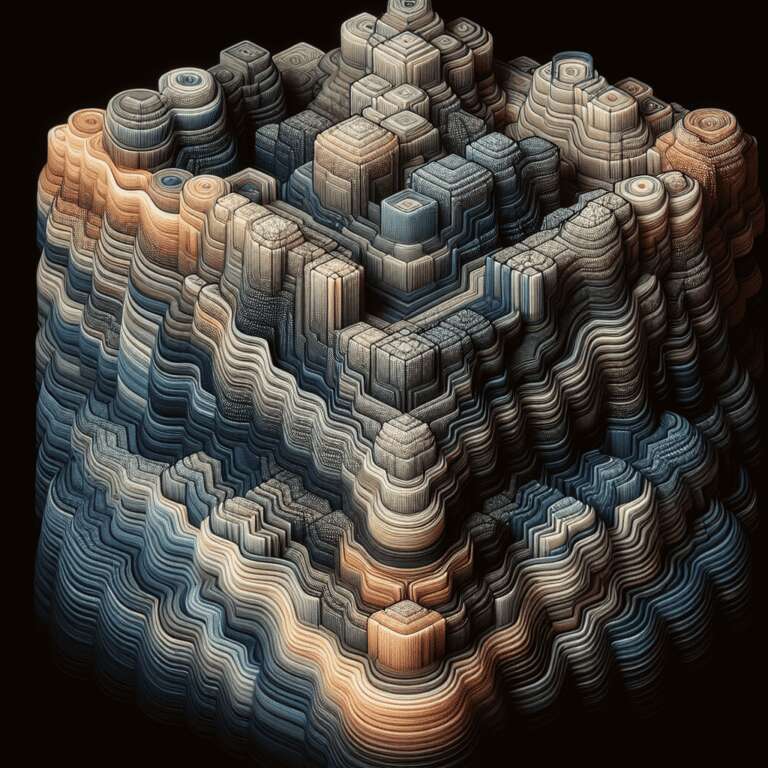An international research team, including Nobel laureate Professor Michael Kosterlitz and Professor Tapio Ala-Nissilä from Loughborough University and Aalto University, has used artificial intelligence to uncover how noble gases and aluminium melt when confined between graphene sheets at various pressures and temperatures. The study, published in the Proceedings of the National Academy of Sciences (PNAS), reveals that single atomic layers of these materials conform to the Kosterlitz–Thouless–Halperin–Nelson–Young (KTHNY) theory, which explains gradual phase transitions in two-dimensional systems.
As more layers are added between the graphene sheets, the researchers observed a significant shift in melting behavior. Instead of a smooth transition from solid to liquid, the materials form a previously unidentified ´layered-hexatic´ phase—an intermediate state that exhibits partial order and is neither fully liquid nor solid. This phase persisted in systems comprising up to 12 atomic layers, indicating its potential role in nano-confined environments. This change is attributed to a transition in the predominant topological defects: from two-dimensional types governing melting in single layers, to three-dimensional defects in thicker systems, fundamentally altering how materials break down.
The use of machine learning enabled the team to model atomic interactions across multiple layers with quantum-level accuracy, overcoming the massive computational demands of such simulations. According to Professor Ala-Nissilä, artificial intelligence-driven approaches allowed detailed calculations for up to an unprecedented 12 layers. The insights gained from this research are crucial for engineering stable and efficient components in areas such as quantum computing, advanced sensing, and semiconductor design, where phase transitions in 2D materials play a pivotal role. The researchers suggest future studies could explore melting dynamics with a finite but large number of layers or test abrupt transitions in even single-layer systems, expanding our understanding of material behavior at the nanoscale.

